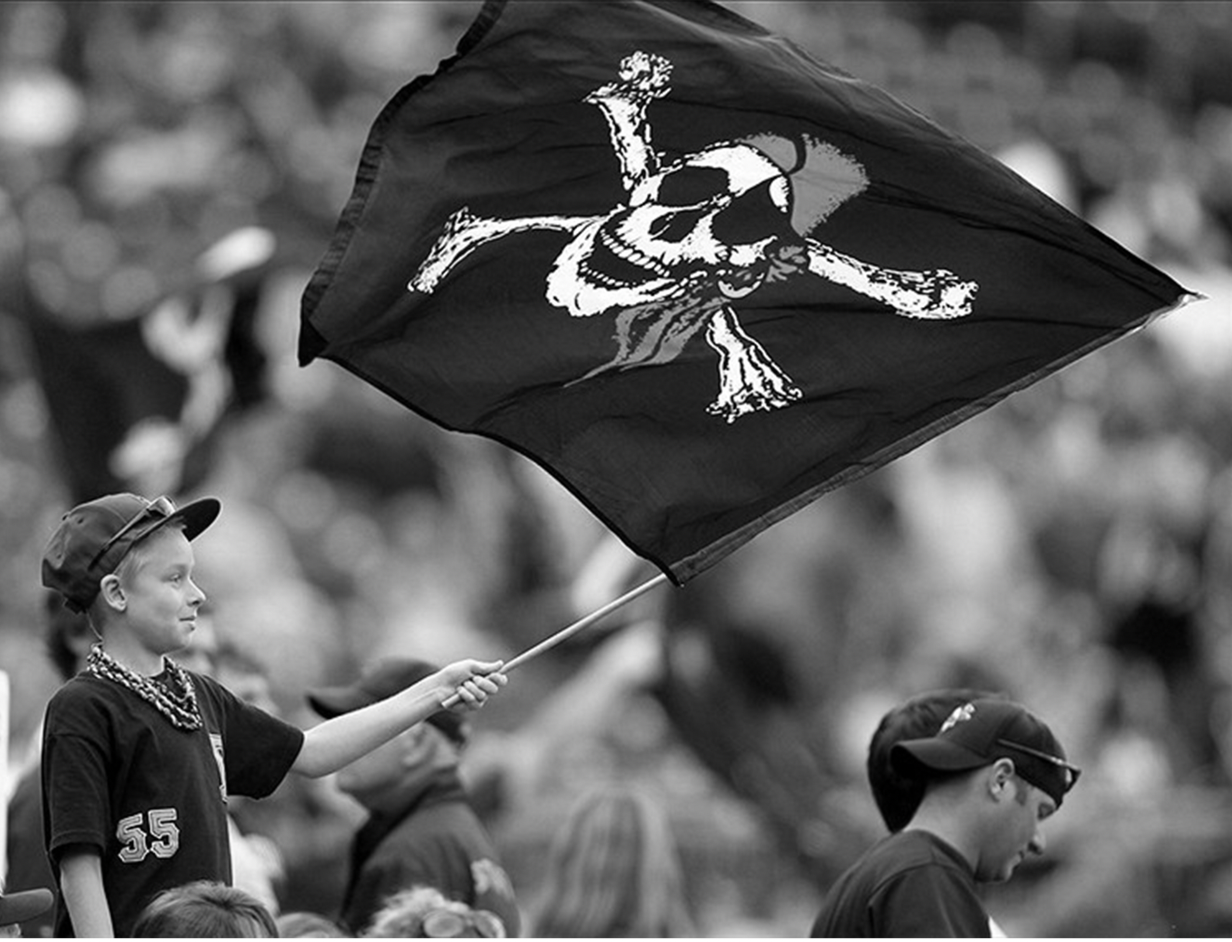Thanks Mom!
Happy Mother’s Day! When I was about ten years old, I recall taking a bad, infield hop right in the throat and going to the turf at my baseball game. The next thing I know my Mom is kneeling beside me with a cool wash cloth. All I said to her then was “get off the field”. After seeing yesterday’s celebration of mothers in MLB games and reflecting on my late Mom as a baseball Mom, all I can say now is “THANK YOU”. Thanks for everything – driving me to practice and games; taking care of my injuries; playing wiffle ball with me in the backyard when no one else wanted to; and going with me to Reds games.
In October 1972, I sat next to Mom at Riverfront Stadium in the final NL championship game. Our Reds entered the bottom of the ninth trailing the Pirates, 3-2. My Mom’s favorite player, Johnny Bench, whom she affectionately called “JB”, led off for the Reds. Bench’s Mom, Katy, took over from there. As Bench strode to the plate from the on deck circle, he thought he heard his Mom say “hit a home run”. He smiled to himself and thought “if only it were so easy”. Bench made it easy though and hit a home run, tying the game. Bench jumped onto the dugout rail and kissed his Mom. Shortly after, the Reds won the NL pennant.
Probably the most famous Mom in MLB history is Christina Gehrig, Lou Gehrig’s mother. Mrs. Gehrig regularly attended Yankees home games and witnessed her son’s stardom rise as part of the famous “Murderer’s Row”. Christina and Lou were extremely close. Babe Ruth and Lou, forming the best three-four sluggers a lineup has ever seen, often fought off the field and would not speak to each other for weeks. Christina would be the one to mend the fence between them.
A reporter who covered the Yankees in this era, Fred Lieb, reflected on Lou: “There was no one else to compare with his Mom. He used to say that the thing that gave him the greatest joy about his success, and his bettered financial position, was that he was able to repay Mom and Pop for their early sacrifices”. Gehrig died at age 37 as a result of ALS. All of his awards and trophies were given to Christina. Upon her passing in 1955, her will provided that all of the awards and trophies would go the Hall of Fame. Cooperstown and all fans are forever grateful.
A more modern day story of a close knit player-mother relationship is that of Andrew McCutcheon and his Mom. Petrina McCutcheon was just 17 years old when Andrew was born. Her athletic prowess and background in education have been instrumental to Andrew’s success. They are the best of friends, as Andrew relates: “It’s always very relaxed, laid-back, laughing about whatever, joking around.”
Just like Mrs. Gehrig, you will find Petrina around the ballpark, but mostly with a microphone in her hand. She is a tremendous vocalist. In 2013, she sang the National Anthem at the Pirates’ first playoff game in 21 years. In Andrew’s first stint with Pittsburgh, Christina sang at PNC Park numerous other times, most notably her renditions of “God Bless America”. With Andrew’s return to Pittsburgh this season, fans are hoping to see Petrina back at PNC Park in October.
I smiled this past week when reading a story in the Chicago Tribune about the Cubs calling up 25-year old first baseman Matt Mervis from their Iowa AAA team. After some injuries sidelined him in college and his first years of professional baseball, Mervis skyrocketed through the Cubs minor league system over the past year. When Matt received the phone call promoting him to the big league team, his first call was to his mom, Ellen. Mervis told a reporter: “My mom’s been my go-to when things aren’t going great, so she definitely deserved the first call”. Ellen attended her son’s first game as a Cub last week at Wrigley Field, and witnessed Matt’s first hit and RBI.
What is interesting about the 1972 Bench home run story is that Katy Bench claimed that she actually told her son “you know what to do”. She wouldn’t have wanted to put the pressure on him of having to hit a home run. I lost my own Mom way too early in life, just before her 69th birthday. I don’t think my success or lack of success in baseball really mattered to her. What mattered is that she believed in me and that I too would know what to do in most circumstances of life. And for that reason, I say thanks Mom! I am who I am because of you.
Until next Monday,
your Baseball Bench Coach































